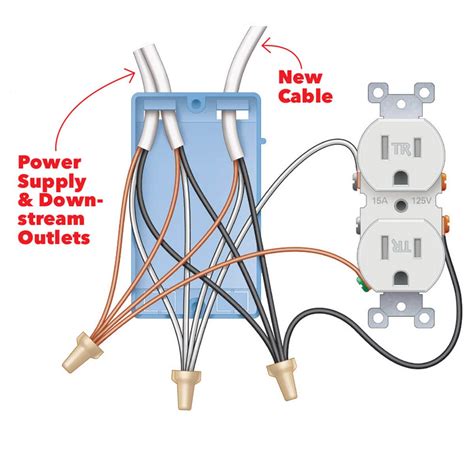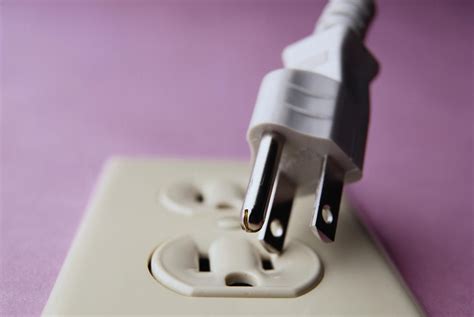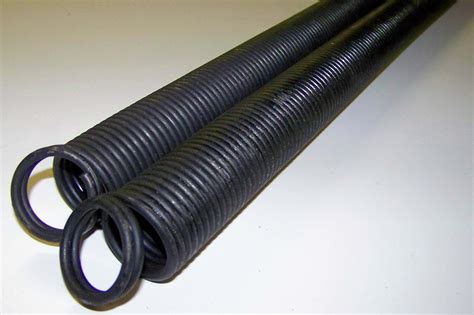
Making Proper Screw Terminal Connections
When it comes to wiring electrical outlets and switches, making proper screw terminal connections is essential for safety and functionality. Follow these steps for secure and reliable connections:
1. Strip the Wire
Using a wire stripper, carefully remove approximately 3/4 inch of insulation from the end of the wire. Take care not to nick or damage the wire strands.
2. Bend the Wire
Create a small hook or loop at the end of the wire using needle-nose pliers. This will help facilitate the connection to the screw terminal.
3. Attach the Wire to the Screw
Loosen the screw on the outlet or switch terminal. Insert the bent wire end under the screw head, ensuring that the loop wraps clockwise around the screw. Tighten the screw to secure the wire in place.
4. Close the Wire Loop
Use pliers to close the wire loop tightly around the screw terminal. This ensures a solid connection and prevents the wire from slipping out.
5. Tighten the Screw
Using a screwdriver, tighten the screw firmly but avoid over-tightening, which can damage the terminal or wire.
Wiring “Middle-of-Run” Outlet Receptacles
When wiring outlet receptacles in the middle of a run, follow these steps to ensure a correct and safe installation:
1. Maintaining Proper Polarity
It’s crucial to maintain proper polarity in electrical outlets. Connect the black (hot) wire to the brass screw terminal, the white (neutral) wire to the silver screw terminal, and the bare or green (ground) wire to the green grounding screw.
2. Using the Right Stab-In Connectors
Stab-in connectors, also known as back-wire or push-in connectors, can be used for faster wiring. Insert the stripped wire end into the appropriate terminal hole and ensure it is secure. However, note that stab-in connections are not recommended for all applications and may not provide the same level of reliability as screw terminal connections.
Wiring Three-Way Switches
Wiring three-way switches can be a bit more complex. Follow these steps for proper installation:
[Include content for wiring three-way switches]
Wiring a GFCI Receptacle
Ground Fault Circuit Interrupter (GFCI) receptacles provide enhanced electrical safety. Here’s how to wire a GFCI receptacle:
[Include content for wiring a GFCI receptacle]
Frequently Asked Questions (FAQ)
1. Can I use stab-in connectors for all my wiring connections?
While stab-in connectors offer convenience, they may not be suitable for all applications. It is generally recommended to use screw terminal connections for outlets and switches, as they provide a more secure and reliable connection.
2. Is it necessary to turn off the power before wiring outlets and switches?
Yes, it is crucial to turn off the power to the circuit before performing any electrical work. This ensures your safety and prevents the risk of electrical shock.
3. Do I need to hire an electrician for wiring outlets and switches?
If you have experience and knowledge in electrical work, you can wire outlets and switches yourself. However, if you are unsure or uncomfortable with electrical tasks, it is best to hire a licensed electrician to ensure proper installation and compliance with electrical codes.
Remember, electrical work should always be done with caution and adherence to safety guidelines. If you are uncertain about any step or encounter difficulties, consult a professional electrician for assistance.






